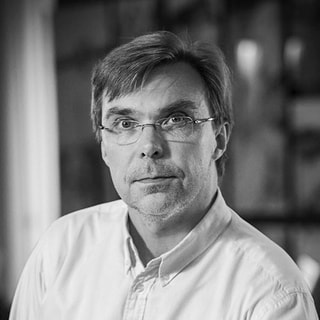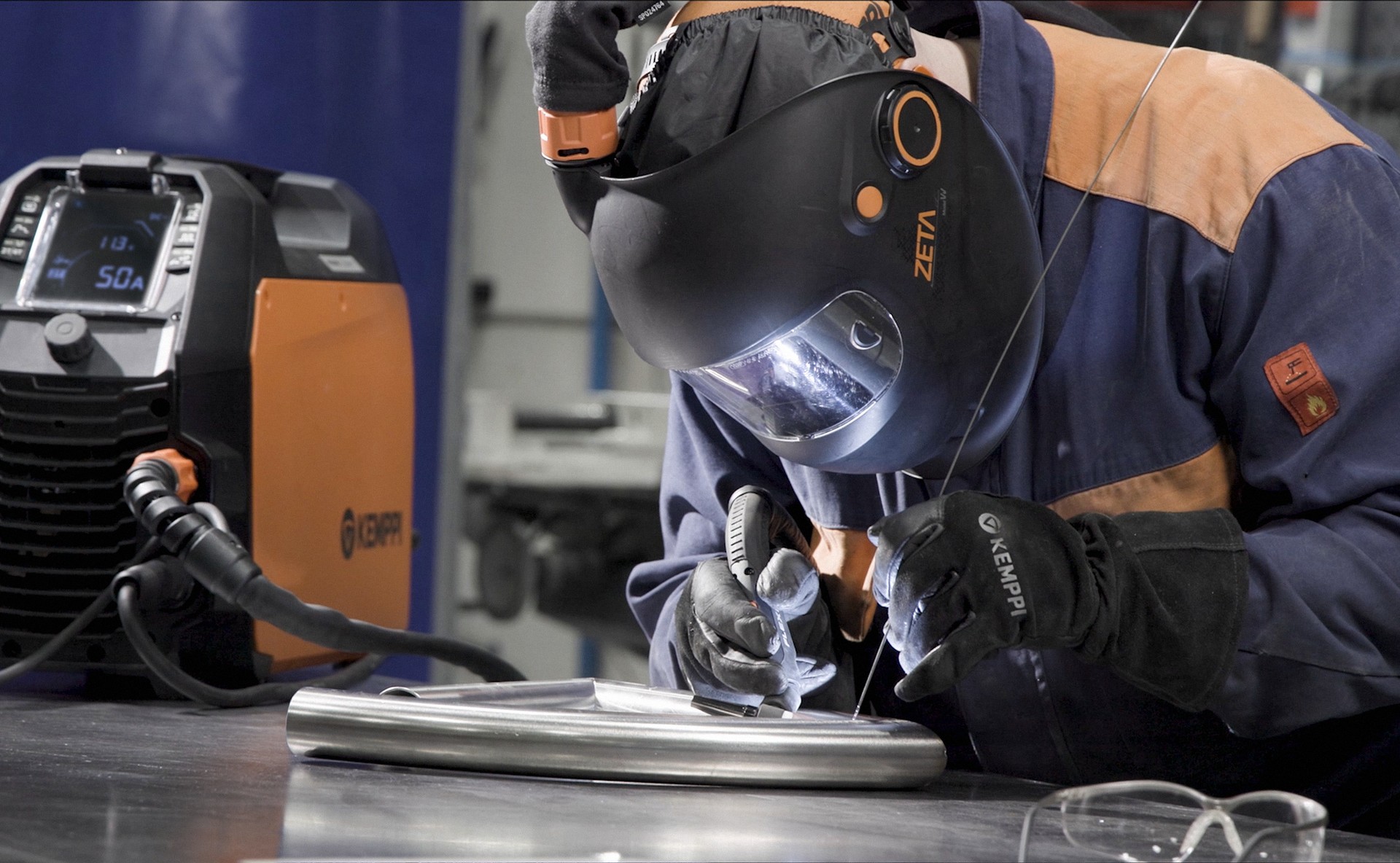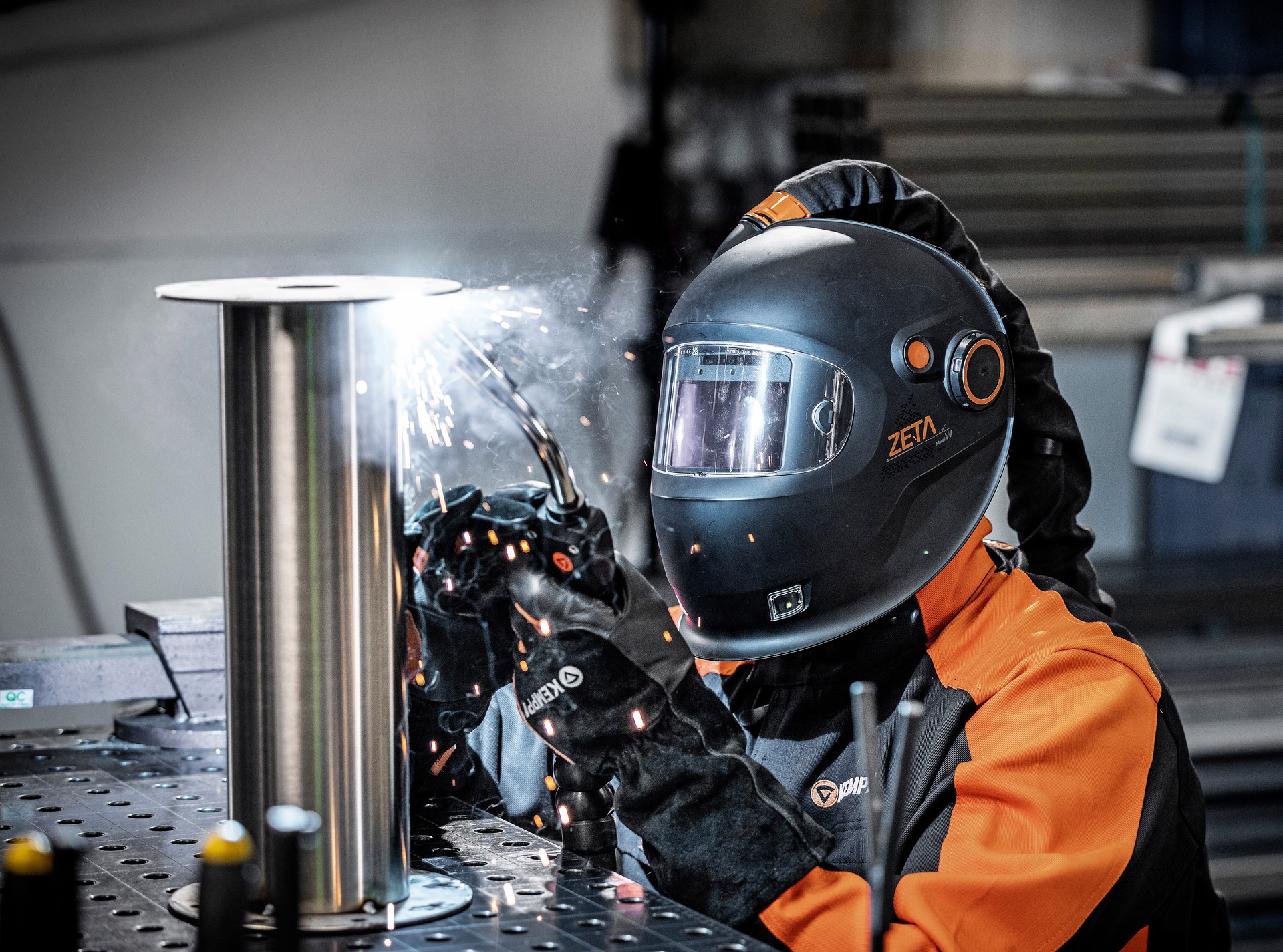
Welding automation
Automation and robotics on the rise as labor shortage continues
22 February 2018
Robotics and welding automation have been on the agenda of manufacturing companies for quite a while. Welding robots are said to remove human error and even projected to learn with high endurance, speed and precision. In the past five years, we have also seen the addition of collaborative robots, cobots, to the market.
Olli-Pekka Holamo
Previously the choice was simply a question of comparing automation investment costs to direct labor costs, but with the worldwide shortage of skilled welders, the call for automation has risen especially in small and midsized enterprises.
According to the International Federation of Robotics, the cumulative annual growth rate of the global industrial robotics market worldwide was 11% from 2016 to 2021. In 2021, 517 thousand new installations of robotic units were completed (increase of 31% year on year). In 2022 the number was 553 thousand (an increase of 5% y-o-y). The estimate for 2023–2025 includes an increase of 7% per year.
In the welding industry, we recorded an increase of 38% between 2019 and 2021. Currently, the number of industrial robots worldwide has exceeded 3.5 million. It is evident that robotics will play an important role in the business logic of future manufacturing and welding. The real question is how should we actually evaluate their return on investment?
Usually, investment payback time is calculated simply by comparing the cost of the produced goods before and after investment. When selecting, for example, welding wire for the production, this is approach simple enough. But with automation, a wider perspective is required.
Welding is the combination of processes, materials, and handcraft. Together with new production equipment, production planning and scheduling, also welding skills must be modified to serve the selected production concept. And that production concept needs to change when automation is introduced to the shop floor.
There are at least three cost categories related to the production concepts that need to be discussed when considering investing in automation:
Direct costs related to used resources per production stage (these are the foremost on everybody's mind when discussing welding costs)
Costs emerging from the current way of operating, which, however, are related to the welding work
Costs related to the availability of needed resources over the period of investment lifetime, including the effect of the ever-repeating learning curve.
In short, automation affects the whole production concept, and thus also current and coming cost structures should be studied accordingly.
Shortening the learning curve in both manual and robotic welding
Finally, the effect of the learning curve is interesting. Typically, when something is done for the very first time, it requires even double the standard estimated production time. Depending on the complexity of the novelty, we need several exercises before achieving the standard time. If you are interested in learning more about these different cost types, check the white paper Investment calculations and production automation in welding.
What can be done to shorten the learning curve and to increase productivity?
At Kemppi, we have developed advanced, easy-to-learn and easy-to-use user interfaces, added connectivity possibilities to different solutions, including cobots, and included a lot of supporting functions like a gas flow sensor, and improved ignition routines within our welding systems. Great examples of this are our AX MIG Welders, as well as Kemppi's Wise and MAX softwaresolutions.
These solutions provide the means to focus the arc and ensure the penetration in very reliable ways, helping to guarantee the steady quality of the welds straight from the start. What all our solutions have in common is the combining of deep welding process knowledge with the understanding of opportunities in welding automation from both the welder’s and the robot operator's perspectives.

Olli-Pekka Holamo
Olli-Pekka Holamo
Product Manager, Automation at Kemppi Oy until February 2019. Robotics expert who gets excited about adding value to the customer through automated processes. Ambitiously perfecting the usability of automation products and the cooperation between men and machines.







